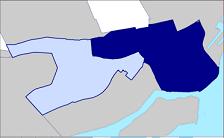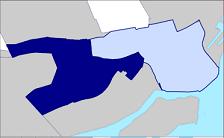

Montreal BoroughsSud Ouest BoroughMain Socioeconomic VariablesThe main socioeconomic variables of the Sud Ouest Borough give you a first portrait of the people who chose to live in this particular borough. Of course, the geographical boundaries of the Montreal Boroughs are man made and have often been modified during the course of history.
Nevertheless, each borough developed its own characteristics, its own personality and its own life. Some may be closer to your preferences than others, and this is fine, but they are all worth discovering. Élection Montréal / Sud Ouest
Saint-Henri
Population: A total number of 36,823 people live in the Saint-Henri Petite Bourgogne Pointe Saint-Charles electoral district of the Sud Ouest borough. Young people represent 24% of the population while older people, 65 years old and over represent 11%. Households: There are 17,340 households in the district with an average of 2.1 persons per household. Homes with one person only represent 43% of all the households. Single-parent families represent 32% of all the families living in Saint-Henri Petite Bourgogne Pointe Saint-Charles. The dwellings of the district are distributed between 23% of owners and 78% of tenants. Languages: French is spoken in 66% of the households, English in 25% and a foreign language in 9%. Religions: 63% of the people living in the Saint-Henri Petite Bourgogne Pointe Saint-Charles district are Roman Catholics, 13% are non-religious and 6% are Muslims. Immigrants represent 20% of the total population, 24% of which arrived in Montreal between 1996 and 2001. Bangladesh (10%), Vietnam (5%), and China (5%) are the three main countries of origin of the immigrants living in this Montreal borough. Education: 35% of the 20 years old and over population does not have a high school diploma while 27% hold a university degree. The average income is $35,871, lower than the average in Montreal. In total, 49.0% of the people in households earn less than the yearly minimum income. Saint-Paul Émard / Sud Ouest Borough
Population: A total number of 30,242 people live in the Saint-Paul Émard electoral district of the Sud Ouest borough. Young people represent 21% of the population while older people, 65 years old and over represent 17%. Households: There are 14,135 households in the district with an average of 2.1 persons per household. Homes with one person only represent 39% of all the households. Single-parent families represent 25% of all the families living in Saint-Paul Émard. The dwellings of the district are distributed between 32% of owners and 67% of tenants. Languages: French is spoken in 81% of the households, English in 11% and a foreign language in 8%. Religions: 83% of the people living in the Saint-Paul Émard district are Roman Catholics, 8% are non-religious and 2% are Muslims. Immigrants represent 17% of the total population, 20% of which arrived in Montreal between 1996 and 2001. Italy (27%), China (10%), and France (5%) are the three main countries of origin of the immigrants living in this Montreal borough. Education: 39% of the 20 years old and over population does not have a high school diploma while 16% hold a university degree. The average income is $39,170, lower than the average in Montreal. In total, 30.3% of the people in households earn less than the yearly minimum income. To get more information, make a municipal service request or file a complaint, you may visit Réseau Accès Montréal online. You may also contact them by phone (simply dial 311), by mail or by visiting one of their service counters. During election time or during any other time, you may wish to visit Élections Montréal or Le directeur général des élections du Québec or Elections Canada: Chief Electoral Officer of Canada for information on our municipal, provincial or federal electoral systems. Thank you for visiting Sud Ouest Borough. Sud Ouest District / Local Street Map of the Borough (PDF) Exit Sud Ouest Borough
|
Montreal Boroughs
What Borough
Am I In?
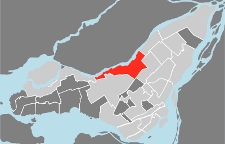
Ahuntsic-Cartierville
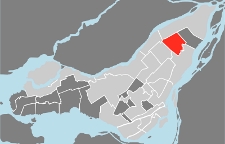 Anjou
Anjou
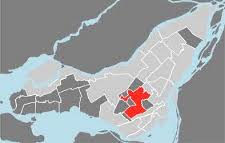 Côte-des-Neiges-Notre-Dame-de-Grâce
Côte-des-Neiges-Notre-Dame-de-Grâce
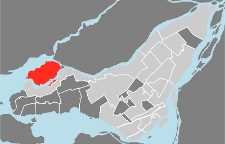 L'Île-Bizard-Sainte-Geneviève
L'Île-Bizard-Sainte-Geneviève
 Lachine
Lachine
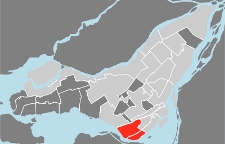 LaSalle
LaSalle
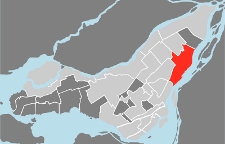 Mercier-Hochelaga-Maisonneuve
Mercier-Hochelaga-Maisonneuve
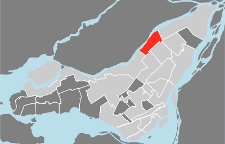 Montréal-Nord
Montréal-Nord
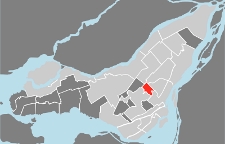 Outremont
Outremont
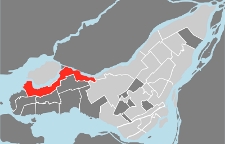 Pierrefonds-Roxboro
Pierrefonds-Roxboro
 Le Plateau-Mont-Royal
Le Plateau-Mont-Royal
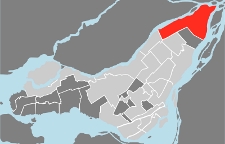 Rivière-des-Prairies-Pointe-aux-Trembles
Rivière-des-Prairies-Pointe-aux-Trembles
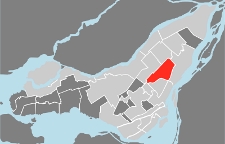 Rosemont-La-Petite-Patrie
Rosemont-La-Petite-Patrie
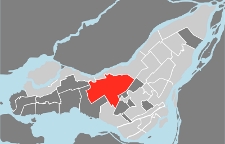 Saint-Laurent
Saint-Laurent
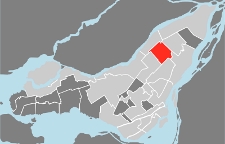 Saint-Léonard
Saint-Léonard
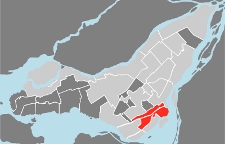 Le Sud-Ouest
Le Sud-Ouest
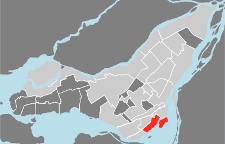 Verdun
Verdun
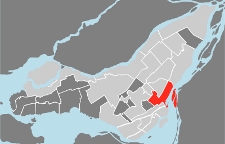 Ville-Marie
Ville-Marie
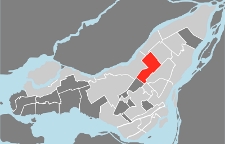 Villeray-Saint-Michel-Parc-Extension
Villeray-Saint-Michel-Parc-Extension

























































